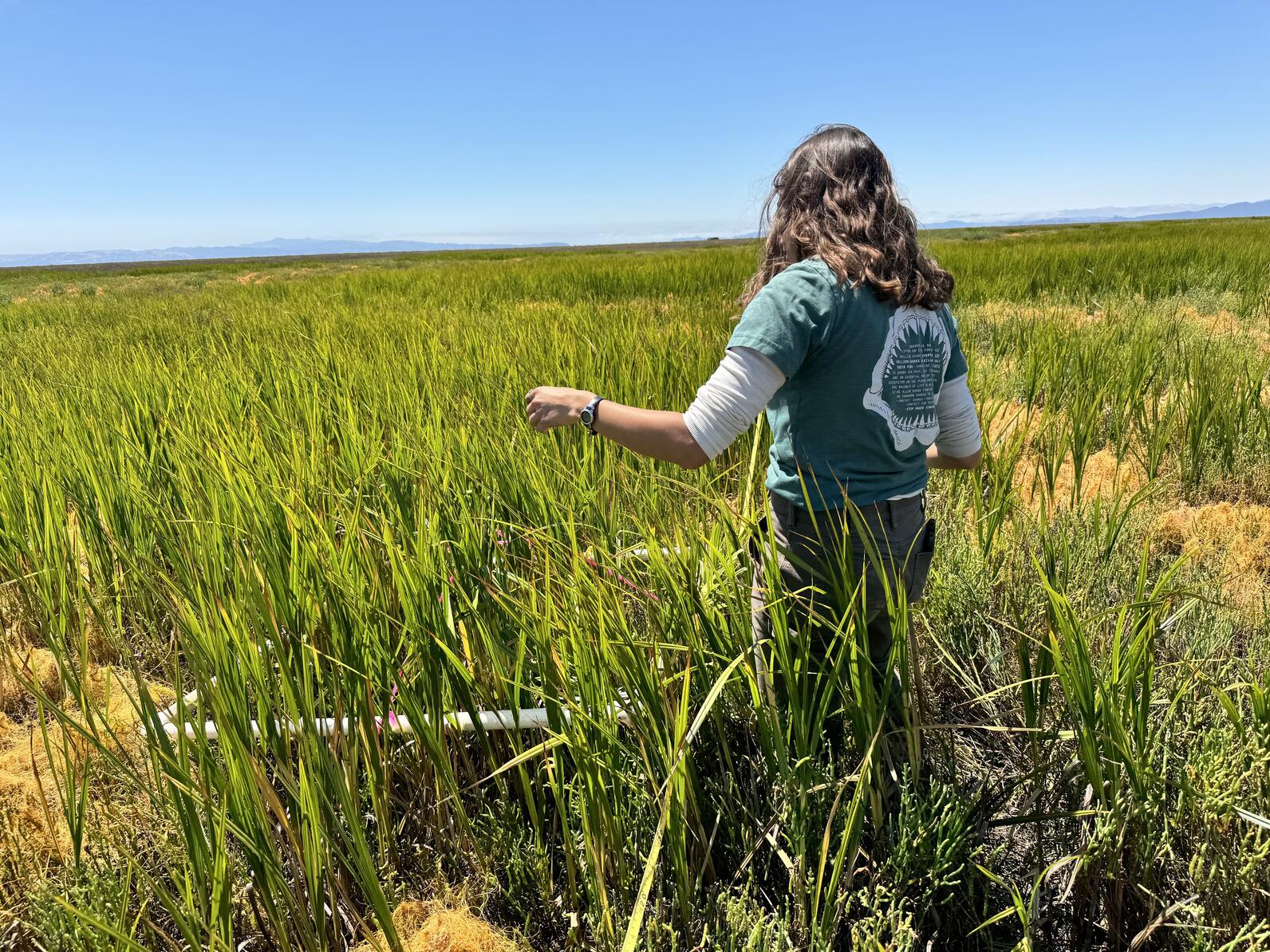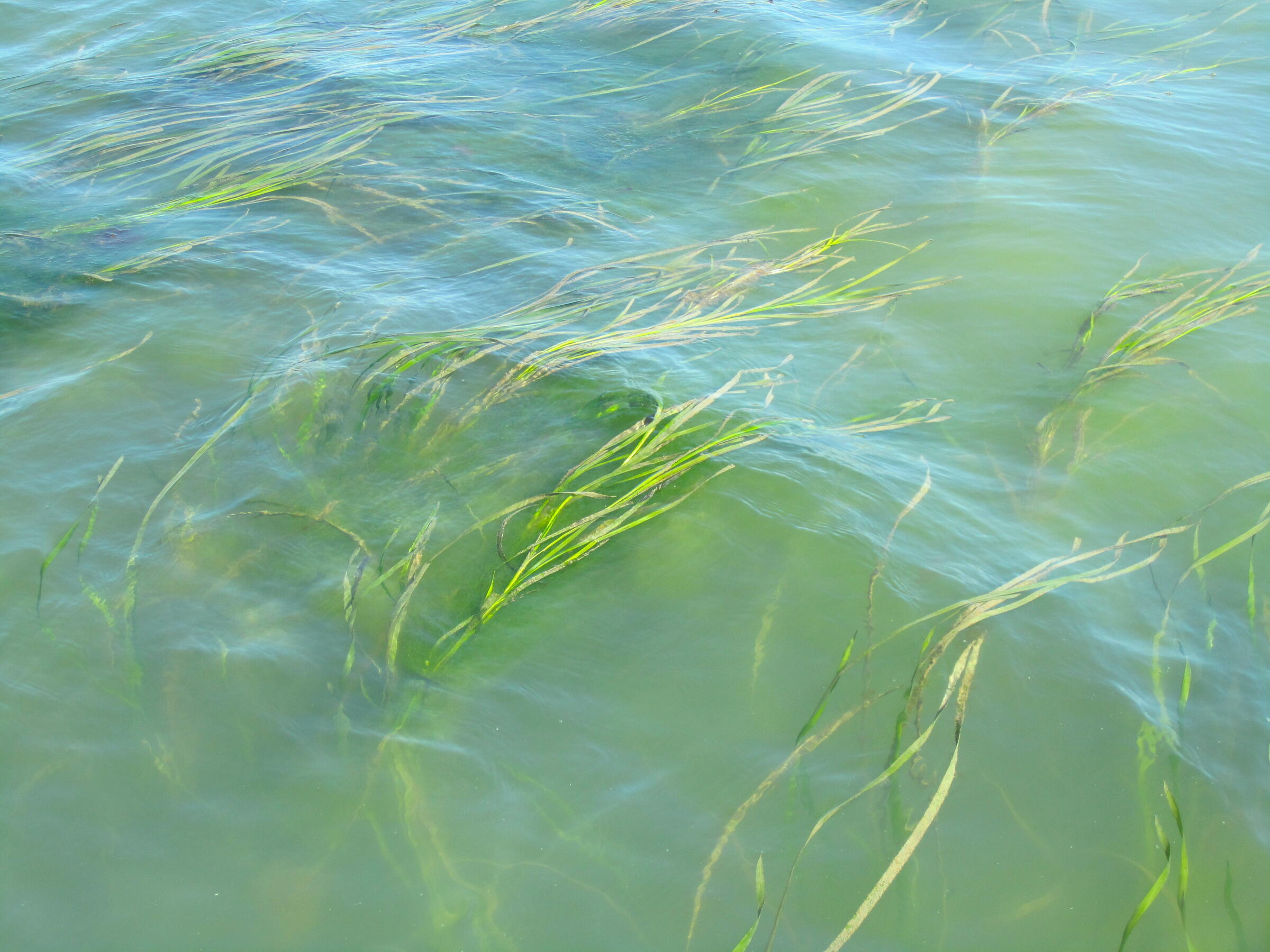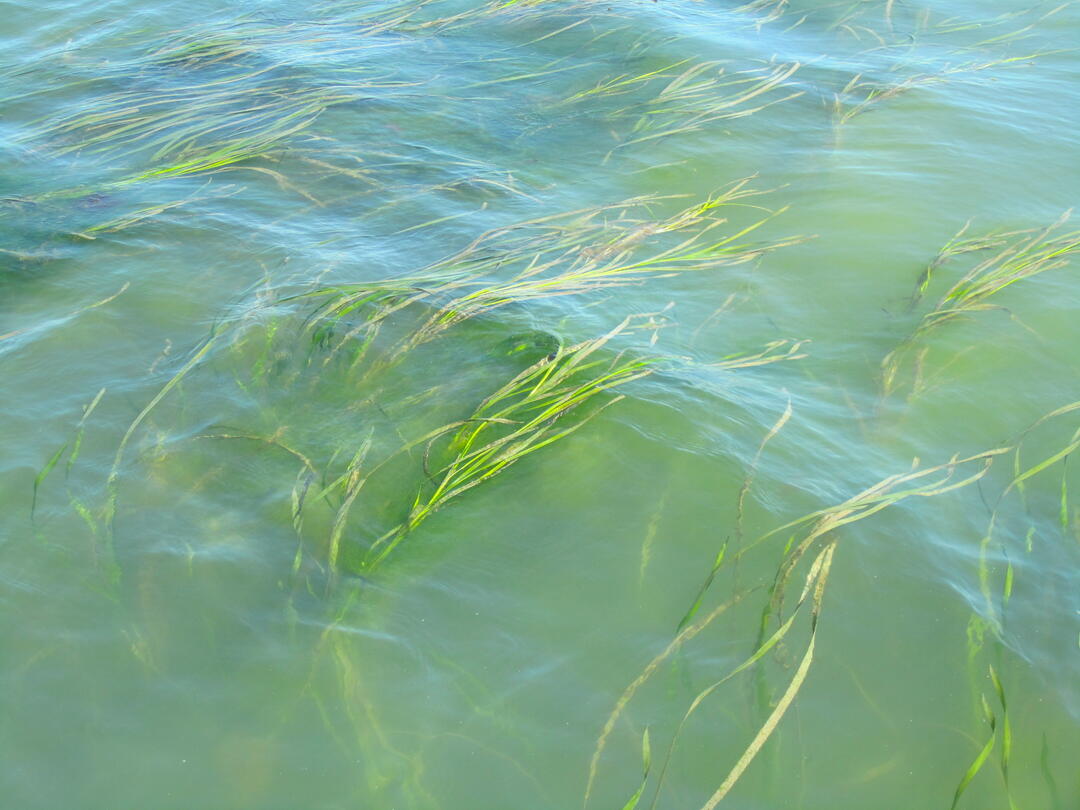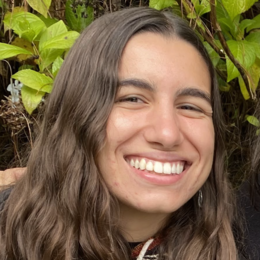My first days working in Richardson Bay I was given a tour of the land. I was pointed in the direction of all things I could see—the winding trails lined with intertwined oak trees, the MOTUS Tower that tracks birds like American Kestrels and Red Knots as they make their way across the globe, and the beautifully mysterious Lyford House that feels almost as rare as the Barn Owl that flew in glowing light against the Halloween’s full moon.
Working in the gardens and as an apprentice to marine conservation initiatives, I grew accustomed to taking care of all that I could see and hear. I learned how to navigate a drone to capture photos of bird species across the bay and how to both stratify and sow the seeds of native plants like Coast Live Oak and California Fuschia to attract critical pollinators. However, it wasn't until later that I discovered the hidden wonders of our center’s conservation efforts, especially the ones beneath the bay's surface.
One day, my coworker Emily shared a fascinating story of the bay with a youth group visiting our center. She asked them to imagine an alien spaceship vacuuming up all the water from the bay. What you would see for miles is an abundant green bed of a plant called eelgrass, meshed together like a cow pasture. Unlike your traditional cow pasture, however, this bed of eelgrass creates an ecosystem teeming with life—even if we cannot always lay eyes on it. Beneath the shimmering surface, these blooming emerald blades form lush underwater meadows, creating a protective nursery ground for finfish and shellfish.
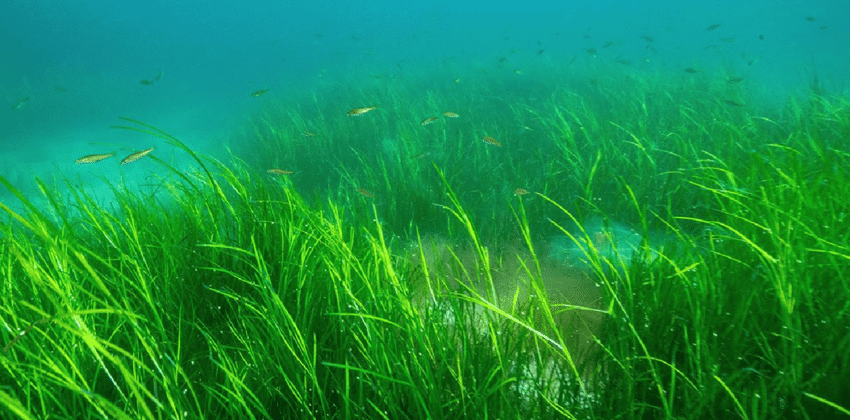
Unlike algae, Eelgrass, also known as Zostera marina, is a true plant usually found in shallow, intertidal zones, especially bays and estuaries throughout the west and east coasts of the United States, Canada, and along the coast of Baja California. Not only does eelgrass provide habitat and food for many marine species like crustaceans and fish, but these long ribbon-like leaves improve our waters by filtering out pollutants like climate-warming carbon and methane. With their extensive, undulating root mats, eelgrass preserves the highly productive bacteria in underwater sediments, nourishing many invertebrates and sequestering carbon. These roots anchor the sandy foundations, preventing erosion all the while enriching the marine ecosystem with oxygen and life.
On a foggy day in May, Emily and I took our highschool interns, the Audubon Youth Leaders on a kayaking trip to Aramburu, an island close by we work to restore and preserve, to talk about eelgrass and the importance of marine conservation. As we paddled through the soft, glassy gray waters of the bay, we spoke on all the hidden species from eelgrass to Pacific Herring to grebes that may go unnoticed and yet are intrinsic to the balance and survival of our bay ecosystem. Within the San Francisco Estuary alone, Richardson Bay stands out as a particularly unique location for helping restore these native species, harboring the second largest extant eelgrass bed in the estuary. Pacific Herring rely heavily on such eelgrass for spawning. And, for the tens of thousands of migratory waterbirds like scaup, Western Grebes, and Double-crested Cormorants, eelgrass and herring are critical food sources. This intricate network is why we focus on restoring eelgrass beds, even though the connections are not always visible.
Much of working with curious youth groups is explaining how all the ‘little’ labors of restoration, from replanting native plants to saving and harvesting flowering eelgrass shoots, is part of a larger almost invisible path of preserving the subtle web of life that sustains us all. Truly, a considerable amount of environmental work involves loving and caring for the invisible, or at least that which goes unseen or underappreciated. It is the kind of work that asks you to observe keenly, to notice each monarch butterfly as they make late fluttering migrations as the climate warms and to scan meticulously over sloping island shores if Caspian Terns or Black Oystercatchers have started to nest again. Most importantly, conservation asks you to regard with vigilance the responsibilities we have not only to each species but to each other as stewards of this land.
Whether it be advocating for the survival of the smallest microbes in the soil that give our plants and food the essential nutrients to flourish or restoring forgotten wetlands and forests by planting native trees, conservation is a commitment to an unseen future where all hidden wonders from eelgrass to terns to mycorrhizae can continue to thrive and support our interconnected quality of life.

